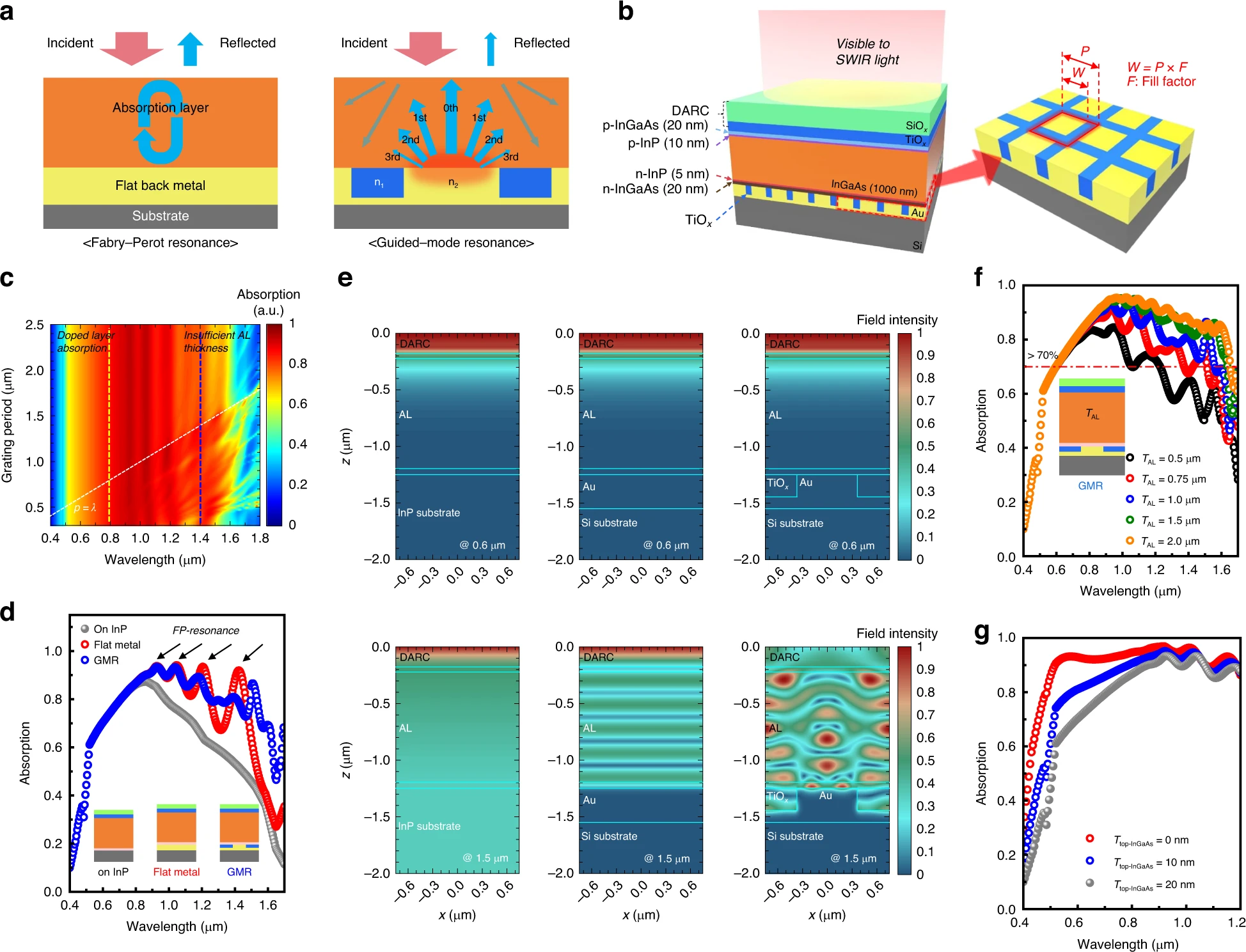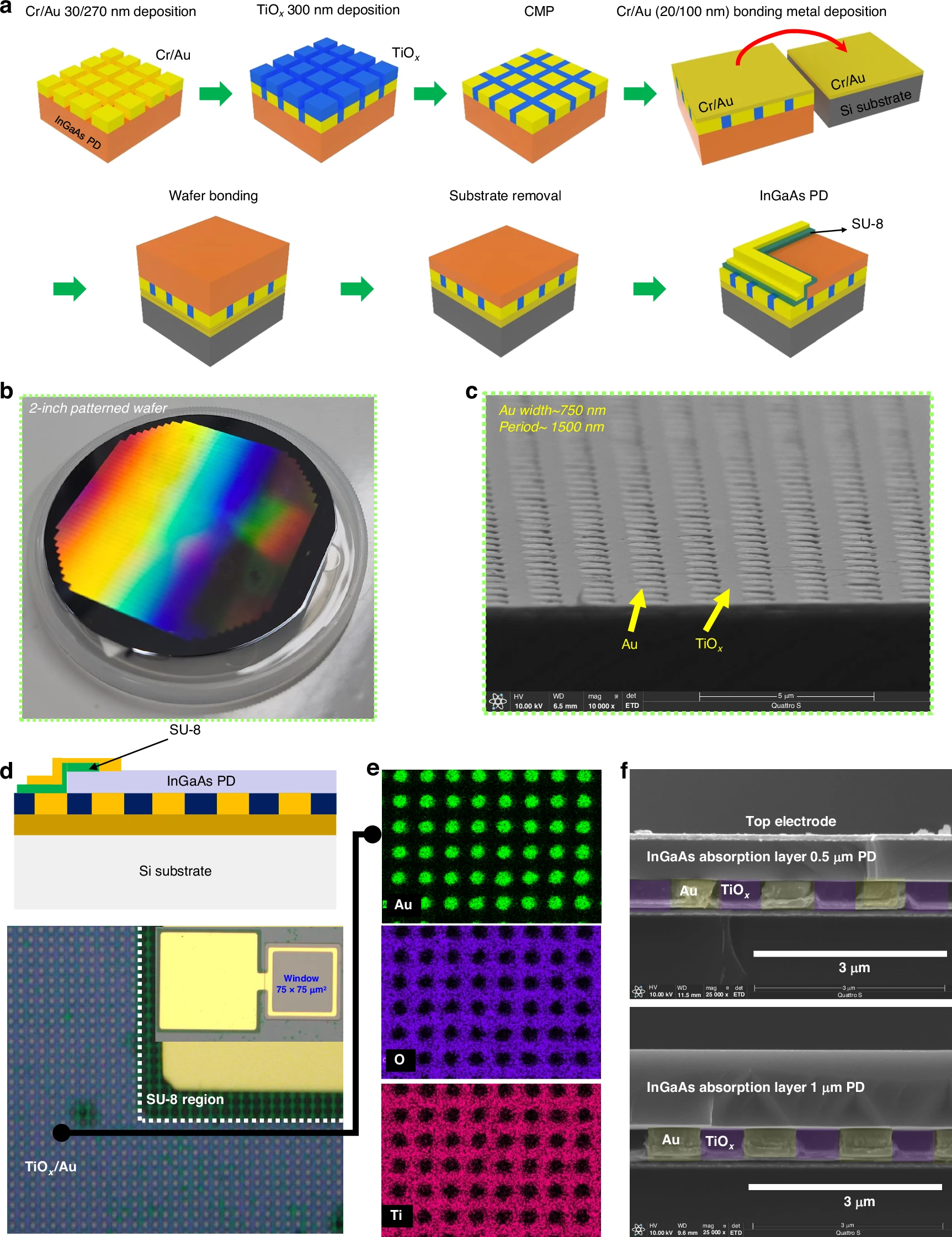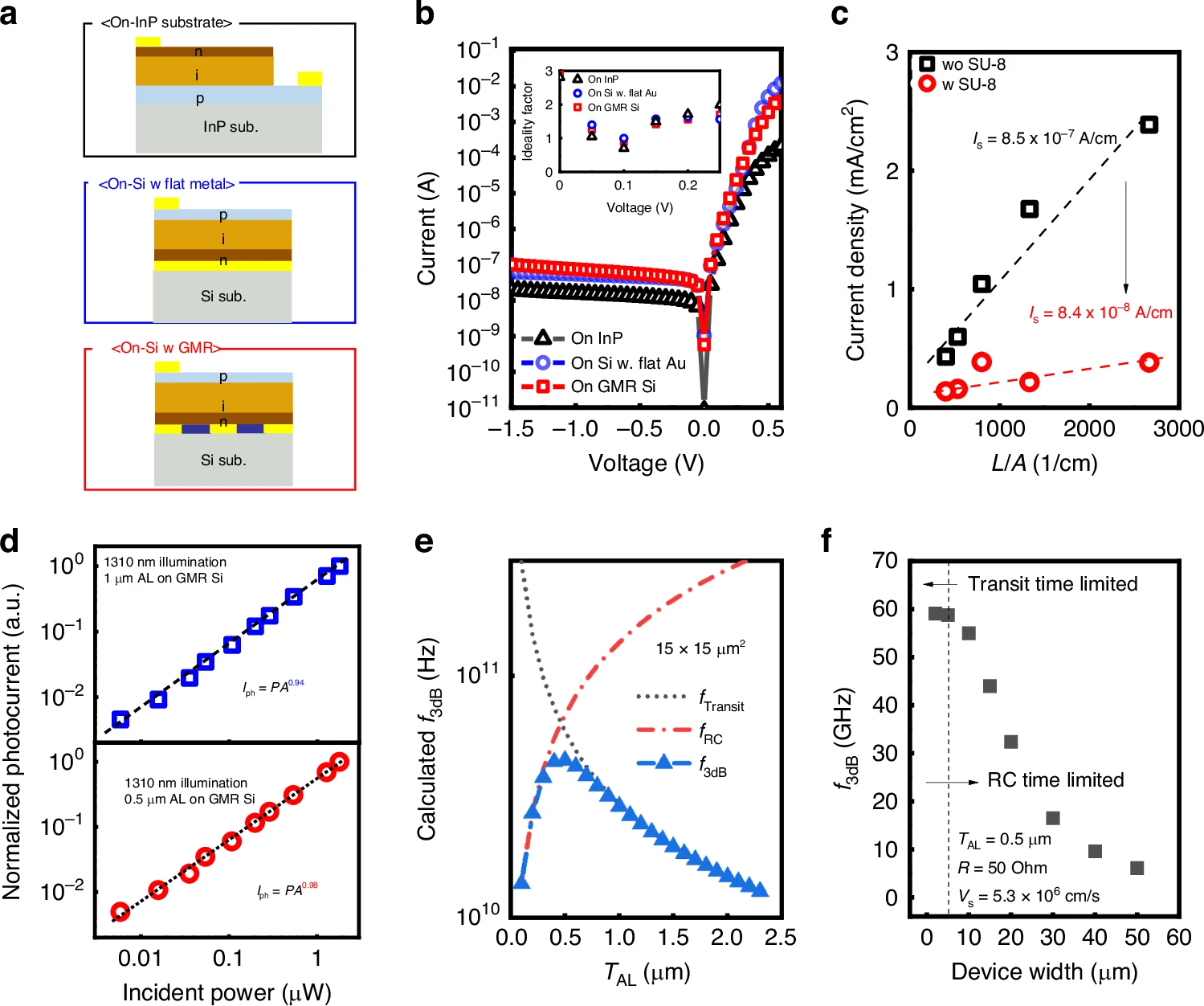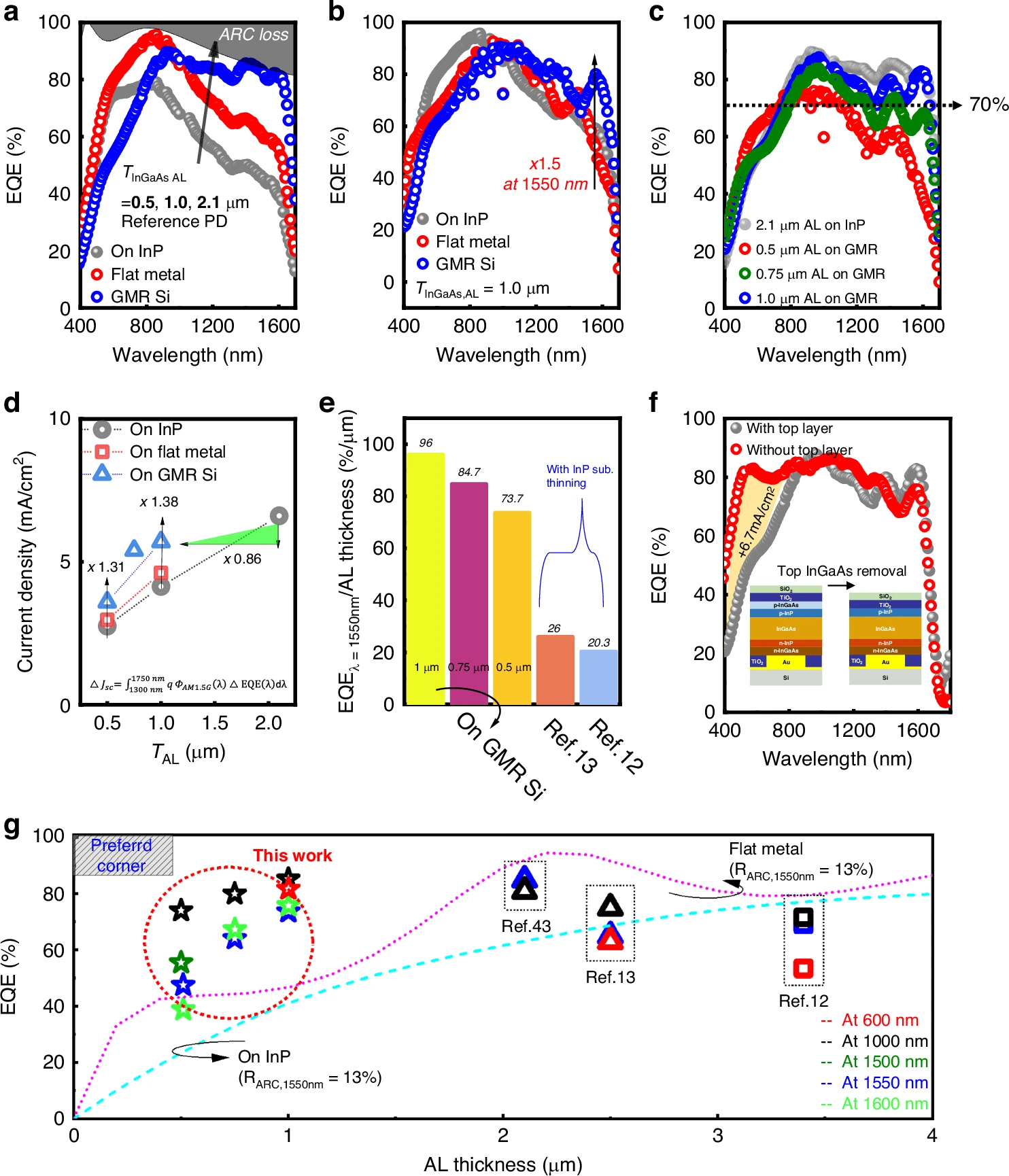In a paper titled "ATLAS: a large array, on-chip compute SPAD camera for multispeckle diffuse correlation spectroscopy" in Biomedical Optics Express, Alistair Gorman et al. of University of Edinburgh write:
Abstract: We present ATLAS, a 512 × 512 single-photon avalanche diode (SPAD) array with embedded autocorrelation computation, implemented in 3D-stacked CMOS technology, suitable for single-photon correlation spectroscopy applications, including diffuse correlation spectroscopy (DCS). The shared per-macropixel SRAM architecture provides a 128 × 128 macropixel resolution, with parallel autocorrelation computation, with a minimum autocorrelation lag-time of 1 µs. We demonstrate the direct, on-chip computation of the autocorrelation function of the sensor, and its capability to resolve changes in decorrelation times typical of body tissue in real time, at long source-detector separations similar to those achieved by the current leading optical modalities for cerebral blood flow monitoring. Finally, we demonstrate the suitability for in-vivo measurements through cuff-occlusion and forehead cardiac signal measurements.

Fig. 1. (a) Sensor chip micrograph. (b) Dark count rate per SPAD cumulative distribution. (c) Photon detection efficiency.
Fig. 2. (a) Macropixel layout and (b) Sensor architecture showing the column normalization processor which multiplies each macropixel autocorrelation sample Aτ by the number of BinClk cycles (N) and divides by the square of the total photon count (Cτ0)2 before summing each entire row in a pipelined adder.
Fig. 3. Macropixel signal flow diagram. 5-bit photon counts Cτ0 from
the SPAD are delayed progressively 31 times, multiplied by the current
value of Cτi and accumulated as Aτ. The autocorrelation calculation of
g2(τ) needs to be normalized by (Cτ0)2/Tint.
Fig. 4. Macropixel circuit block diagram. This shows the hardware implementation of Fig. 3. 16 SPADs are OR-ed and counted in a 5-bit accumulator. A 31 stage 5-bit shift register creates delayed photon counts at BinClk rate. A shared multiplier multiplexed operating at 32 times higher frequency (PixClk) generates the Aτ samples in an 32 × 22b SRAM.
Fig. 5. Macropixel timing diagram. In each BinClk period photon counts are delayed and shifted one place in the 5-b shift register. In that time PixClk initiates 32 10-b multiply and add (precharge, modify write) operations around each word location in the 32 × 22b SRAM.
Fig. 6. (a) Target for verification of autocorrelation imaging mode. Example autocorrelations from the highlighted pixels in (a), corresponding to frequencies of 390.6 kHz (b) and 97.7 kHz (c).
Fig. 7. (a) Measured and (b) theoretical normalized autocorrelations for frequencies between 12.2 and 195.3 kHz.
Fig. 8. Autocorrelation image sequences with 10% duty cycle pulsed wave LED illumination of A and B targets. (a) Low frequency 8 kHz/4 kHz and 26 kHz/1 kHz pulsed wave images over a 1.28-12.8 µs lag range. (b) High frequency 96 kHz/112 kHz and 96 kHz/195 kHz pulsed wave images over an 8.96-20.48 µs lag range.
Fig. 9. (a) Ensemble average correlation calculated on-chip (blue) and off-chip (red). (b) Ensemble average SNR gain with respect to the single macropixel mean SNR at increasing number of pixels.
Fig. 10. Time constants from exponential fitting of autocorrelation of LED sequences.
Fig. 11. Illustration of experimental setup to assess the sensitivity for DCS measurements.
Fig. 12. (a) Measured optical power from the end of the detector fiber
bundle at different source-detector separations on human forehead. (b)
Typical range of time constants measured from adult forehead from
exponential fitting of autocorrelations acquired with ATLAS in ensemble
mode, with a 10 mm source detector separation and an integration time of
13.1 ms (8192 iterations) per sample. (c) Time series of time constant
from exponential fitting of autocorrelations acquired with ATLAS in
ensemble mode, from a rotating PLA disc (Fig. 11), driven with a square
wave voltage to produce a similar range of time constants as measured
from the forehead.
Fig. 13. Normalized time series of relative time constant from exponential fit, and best fit square wave.
Fig. 14. MAE against distal fiber powers between 3 and 30 nW.
Fig. 15. (a) Source and detection fiber at palm. (b) Time constant during and after a linear increase of wrist occlusion pressure from 0 mm Hg to a peak of 165 mm Hg at 40 s. (c) Six pulse periods of the time constant post occlusion.
Fig. 16. Time constants from exponential fitting of autocorrelations measured from forehead, for separations between the source and fiber of 35, 40, 45 and 50 mm.
Full text: https://opg.optica.org/boe/fulltext.cfm?uri=boe-15-11-6499&id=561837
















